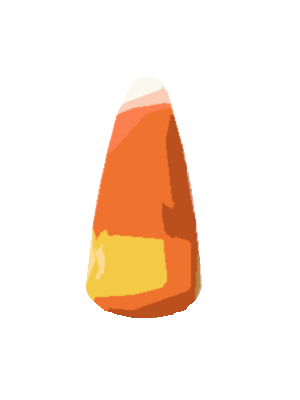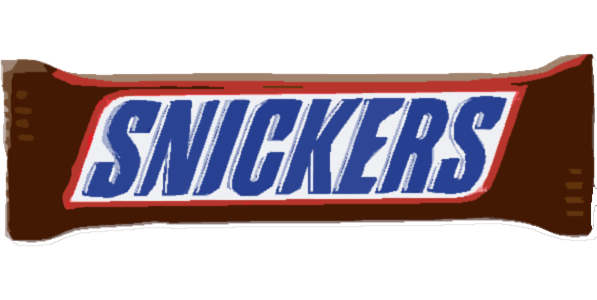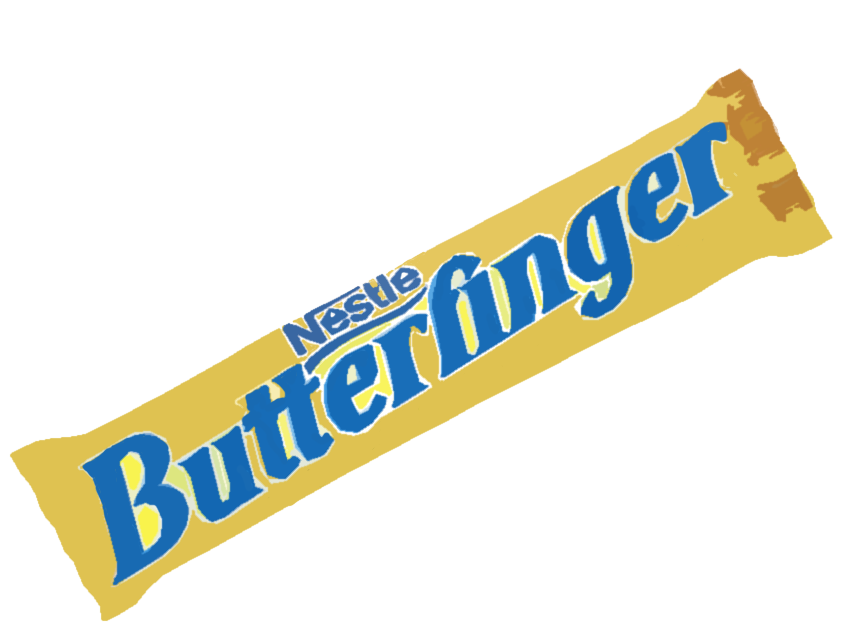Co-authored by Jennie Chen
Illustrations by Shar Rahman
TRICK

One time I was in second grade [and] I was trick or treating. I went to a house and I opened the gate to get some candy and a spider jumped out. It was fake but it was automatic.
Keerthi Pushpraj, 10

When I was a child, I was trick-or-treating with my cousin and there was this statue in someone’s front porch and I thought it was like a scarecrow, like an inanimate object. But then it jumped up and scared me — and I was five at them time, so it was pretty intense.
Tiffany Tsang, 12

There was this really creepy man who was trick-or-treating one time (and he didn’t have a child either). He was just going around on our streets and he kept knocking on all of the doors and he was just walking back and forth and knocking on the doors. And one time, he just took the pot of candy from our house and ran away; we thought it was just some weird kid from around the neighborhood. But it was some really weird creepy man who was stealing people’s candy.
Ananya Srinivas, 10

Three years ago me and a couple friends were going trick-or-treating and we saw this house that had no lights on and we figured we’d try to ring the doorbell anyway. So we walked up to the door and the house basically looked like an abandoned house. It was really creepy. We rang the doorbell and we didn’t notice that there was a pet door that [animals] can go through,ut as soon as we rang the bell, a black cat just ran out of the door and it freaked us out. It was pretty scary.
Suchith Ullagaddi, 11
TREAT
From king-sized Hershey’s chocolate bars to bite-sized pieces of candy corn, Halloween is a holiday that never fails to fill candy bags with a variety of iconic favorites. But where did these candies come from? What is so special about their origins? Here are the stories behind some of Halloween’s most famous candy.
Candy Corn

According to How Stuff Works, these little yellow, orange and white candies were first sold in the 1880s by George Renninger, a candymaker at the Goelitz Candy Company. The recipe was simple: sugar, corn syrup, vanilla flavor and water were put into massive kettles. After being cooked and blended into a slurry, marshmallow and fondant were added to smooth and soften its texture.
Fun fact: Candy corn was initially called “chicken feed”, since corn was used as chicken feed. The candy had no association with Halloween, but it was a seasonal candy available between March and November. After WWII, candy corn began being advertised as a Halloween candy. Love it or hate it, Halloween just isn’t the same without candy corn.
Kit Kat

As stated by Nestlé Professional, “Rowntree’s Chocolate Crisp” was launched in London in Sept. 1935 and named after its confectioner Joseph Rowntree. After WWII, it became known as the Kit Kat, and a popular belief is that the Kit Kat Club, a famous English club in the 1920s with strong political and literary associations, had some influence on the name.
Fun fact: There are many exotic flavors of Kit Kat, other than green tea, that exist around the world. In Japan, Nestlé has introduced over 200 different flavors—notable ones include cherry blossom, ginger ale, soy sauce, baked potato and sports drink.
Snickers

According to The Classroom, Frank and Ethel Mars began experimenting with recipes for chocolate-based candy bars and took three years to invent Snickers. Before machinery took over the process, the bar was originally made by pouring peanut butter nougat onto a large tray, layering caramel and peanuts on top and hand-slicing and dipping each bar into melted chocolate. The candy bar was named in honor of Ethel’s favorite racehorse, Snickers, who died two months before the candy bar was released.
Fun fact: The Snickers bar has always been associated with providing energy for athletes because of its high calorie count (215 calories per 1.56 oz bar). The key idea of Snickers satisfying a person’s hunger is reflected in both the the 1980s one, “Packed with peanuts, Snickers really satisfies” and the 2014 slogan “You’re not you when you’re hungry. Snickers satisfies”.
Butterfinger

Otto Schnering invented the Butterfinger after the explosive success of the Baby Ruth, his first candy bar. Before the chocolate-covered candy bar with a flaky, peanut butter center received its iconic name, the Curtiss Candy company decided to hold a contest in 1923 for ideas from the public. Around the same time as the contest, sportscasters had started using the term “butterfinger” to describe players who were unable to keep a hold on the ball. A Chicago man, and also a self-proclaimed klutz submitted the name, and the Butterfinger was born.
Fun fact: Butterfinger commercials were actually the first time many people saw the characters that would soon become the Simpsons. The show first started in 1987 as a series of shorts on the comedy variety series The Tracey Ullman Show. In 1988, Bart, Homer and the rest of the family starred in Butterfinger commercials, a year before they debuted in their own show.










